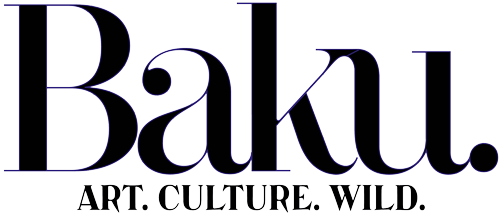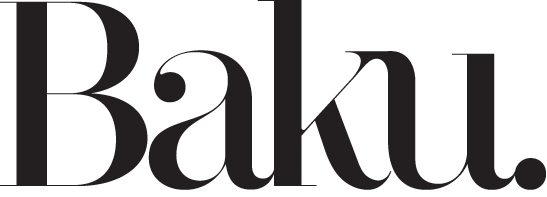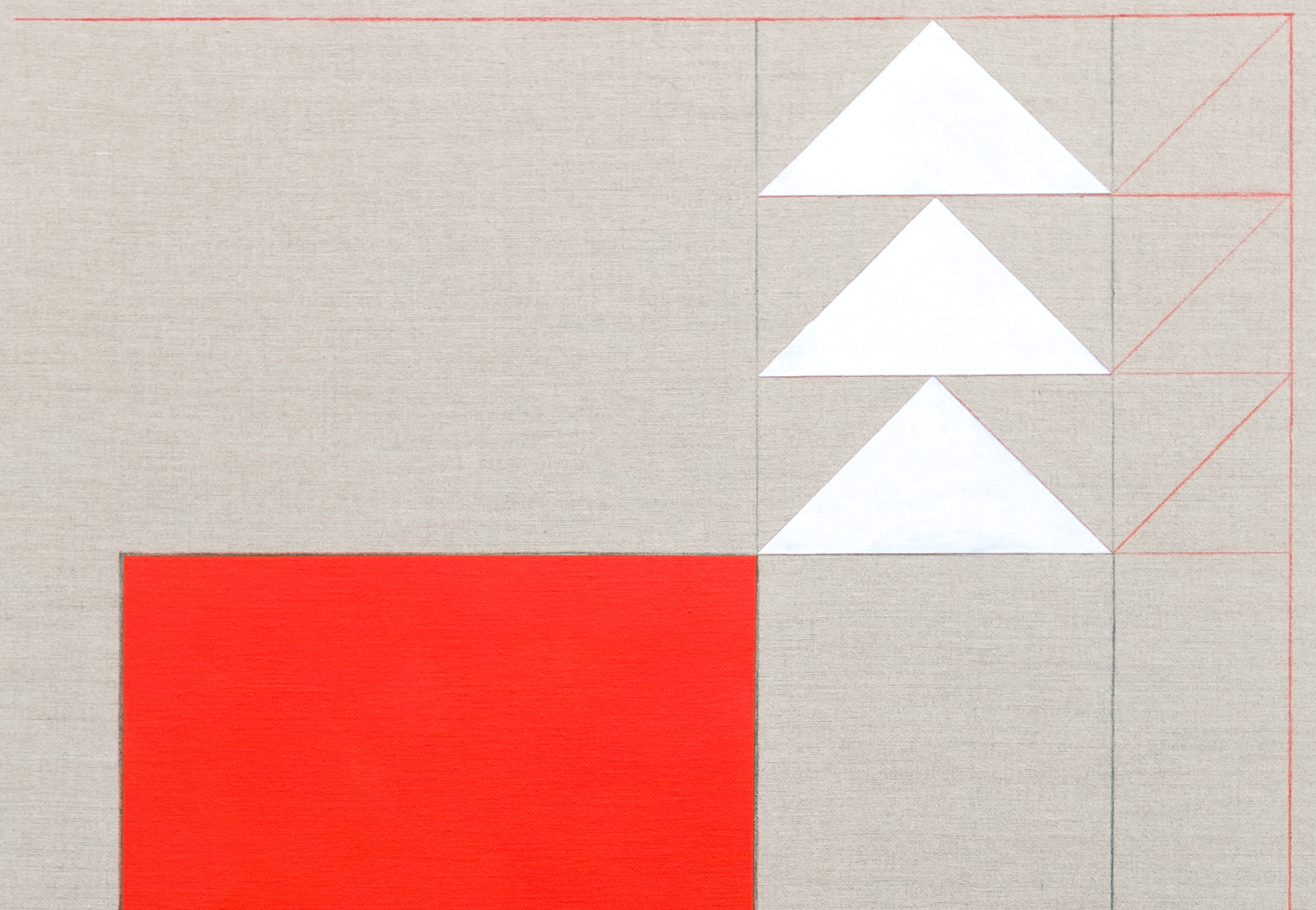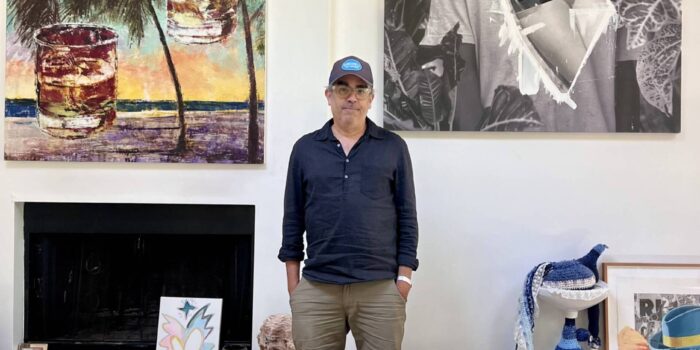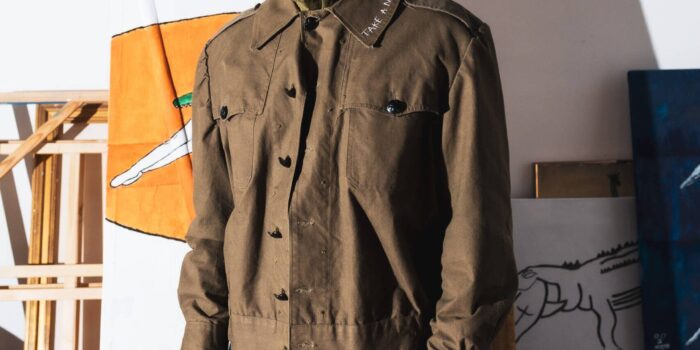Every two years, the prestigious Jameel Prize, on show at the Victoria and Albert Museum in London, awards the best in contemporary Islamic arts, craft and design. Here is the shortlist for the prize’s fifth edition, ahead of the announcement of the winning entry in June
Since it was launched in 2009, the biannual Jameel Prize has fast become one of the world’s most prestigious prizes, supporting art from, and inspired by, the Islamic world. In fact, it is open to all artists and designers, regardless of their ethnic, religious or cultural background. It is run in partnership with non-profit foundation Art Jameel, and the shortlisted artists (the finalists of 2018’s prize are featured below) have their work showcased at the Victoria and Albert Museum, London, and in touring exhibitions around the world, while the winner is awarded a cash pot worth £25,000.
This year, the eight Jameel Prize finalists include, for the very first time, an architect, alongside multimedia installations, painting, fashion and more. Its aim, says one of the judges, Salah Hassan, Professor and Director at the Institute for Comparative Modernities at Cornell University in New York, is to “represent an array of amazing talents, who are engaged in diverse practices in art and design, that are conceptually oriented and in sync with the latest discourse of contemporary art, yet rooted in discrete ways to their own cultures and multiple identities.”
Kamrooz Aram
Iranian-born, New York-based Kamrooz Aram works across diverse media, from painting and drawing to collage and installation. His recent focus has been examining and challenging the Western view of art history and its interpretation – including that of the Islamic world. Within this framework, his shortlisted work, Ephesian Fog (2016), is part of a larger series exploring how exhibition design shapes our understanding of art from the past on view in museums, and uses brass, wood and terrazzo alongside other architectural materials. Two of his other works from the same series, Ancient Through Modern 26 and Ancient Through Modern 28 (both 2017), are also on display.
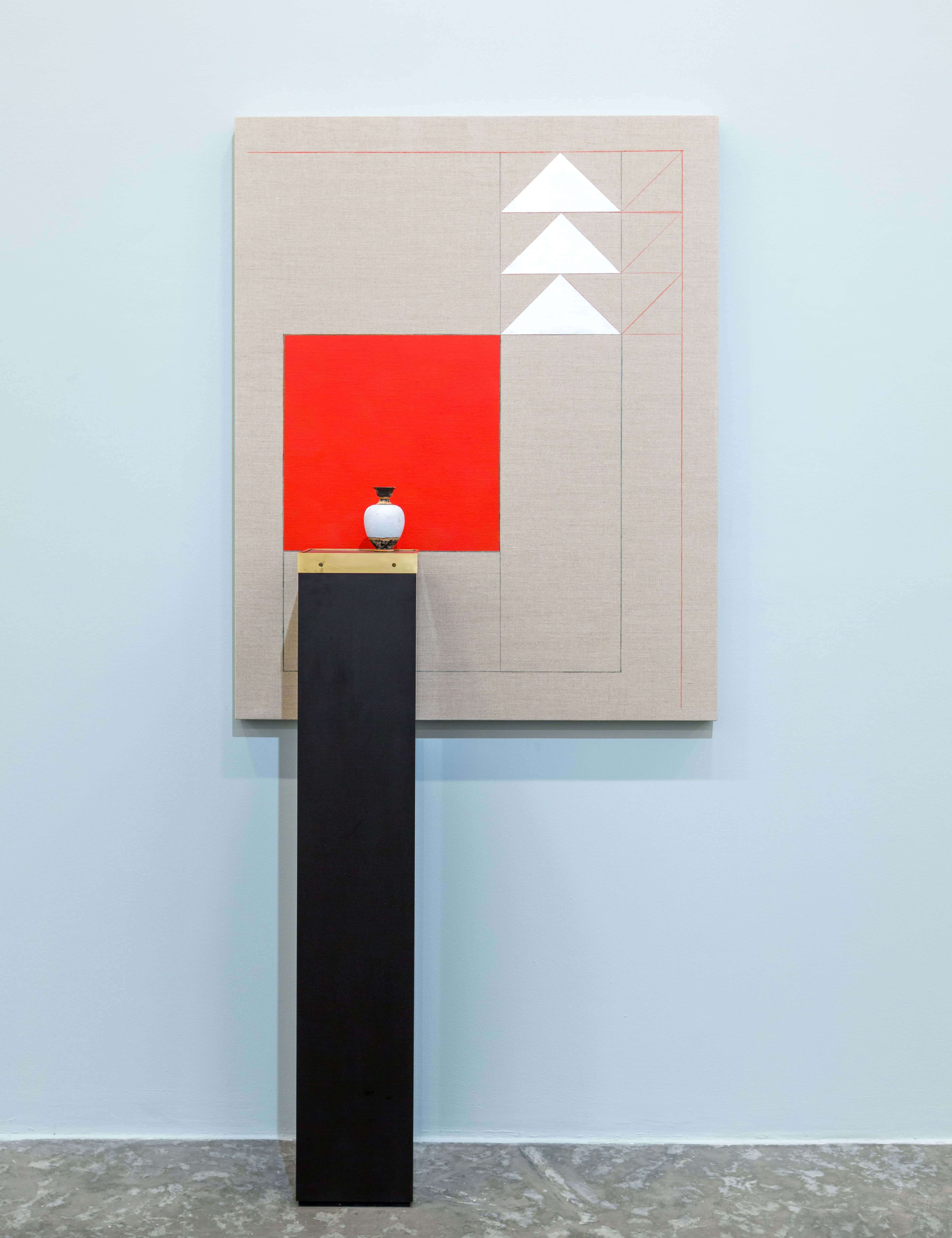
Ephesian Fog (2016) Multimedia installation (Image courtesy of the artist and Green Art Gallery, Dubai)
Based in Los Angeles, the Iraqi-born artist’s instantly recognisable paintings are a seamless fusion of influences, encompassing Japanese woodblock prints, Italian Renaissance aesthetics, and references from Islamic art. Probing issues of gender, migration and the Middle Eastern diaspora and its various social dynamics, here, works from her 2015 series How Iraqi Are You? include The Translator, which draws on illustrations found in 13th-century Arabic manuscripts. This particular work is inspired by Kahraman’s mother, who worked as a translator for refugees and aid workers in Sweden. A second work, House in Gaylani, from the 2014 series Let the Guest Be the Master, is a meditation upon the sale of Kahraman’s childhood home in her native Baghdad. The paintings are based on the floor plans of houses in the city, and also highlight the divisive gender roles such architecture fosters: male and female areas denoted by the courtyard (outdoors, for men) and indoors (for women).

The Translator from the series How Iraqi Are You? (2015) Oils on linen (Image courtesy of Defares Collection)
For her fashion label, the Bahraini designer Hala Kaiksow ingeniously reuses and reinvents traditional garments from her country to create sculptural creations. She works with local craftspeople and weaves the textiles she uses on a manual loom, then incorporating more modern materials such as latex. The Jameel Prize display is featuring pieces from her graduate collection in 2015, called Wandress. ‘Shepherd’s Coat’, a mix of wool and denim, is inspired by an Iranian shepherd’s coat from the early 20th century, incorporating a detail reimagined from a Cypriot shepherd’s water bag and Islamic geometry. Other pieces take inspiration from 19th-century farmer’s trousers from Japan to kimonos and Bahrain’s traditional overgarment, the Thobe al Nashal.
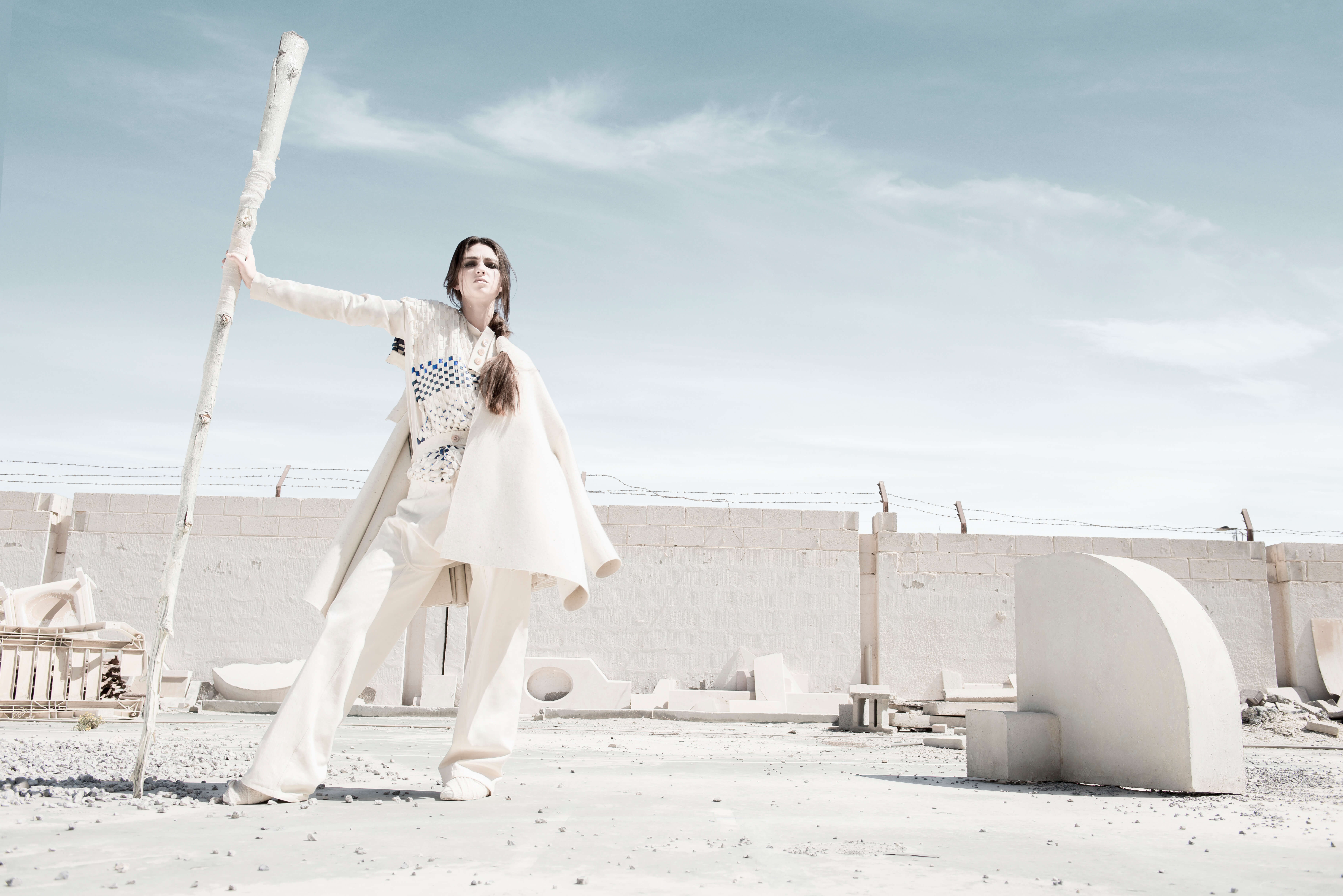
Shepherd’s Coat and Momohiki Jumpsuit, from the Wandress Collection (2015) Wool and denim (Image courtesy of Sergio Miranda)
Based in Arles, France, Mehdi Moutashar left his native Iraq for Paris in the 1960s. His work is influenced both by the geometric abstracts he came across there, and Islamic geometry and script. For the pieces here, he works with metal – for example, Deux Plis à 120° (Two folds at 120 degrees) (2012), which is inspired by Arabic calligraphy and the specific angle at which a scribe must hold his pen to write. Other works, such as Un Carré et Trois Angles Droits (A square and three right angles) (2016) and Deux Carrés Dont un Encadré (Two squares, one of them framed) (2017) draw on similar themes, bringing together line and surface through abstract, sculptural form.
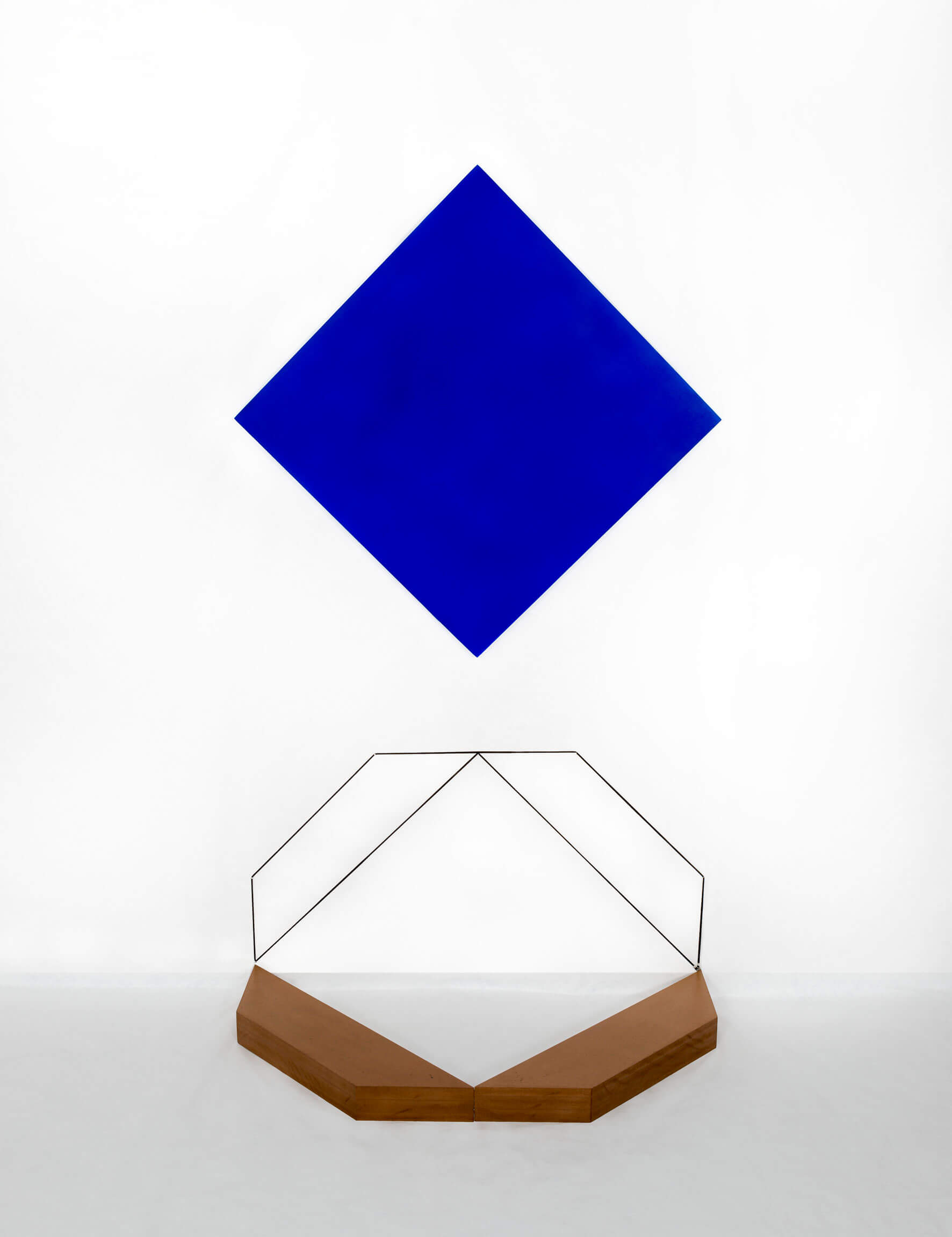
Deux carrés dont un encadré [Two squares, one of them framed] (2017) Wood, paint, elastic wire. Collection of the artist. (Image courtesy Fabrice Leroux)
The brainchild of Jordanian sisters Nisreen (an architect in Jordan’s capital, Amman) and Nermeen Abudail (a Dubai-based graphic designer), Naqsh Collective celebrates the art of embroidery in the Levant. With a specific focus on cross stitch, their work Shawl (2015), in walnut and brass, is a tribute to the fine embroidery motifs of the area, specifically Palestine, and is designed to resemble a woman’s well-worn shawl.
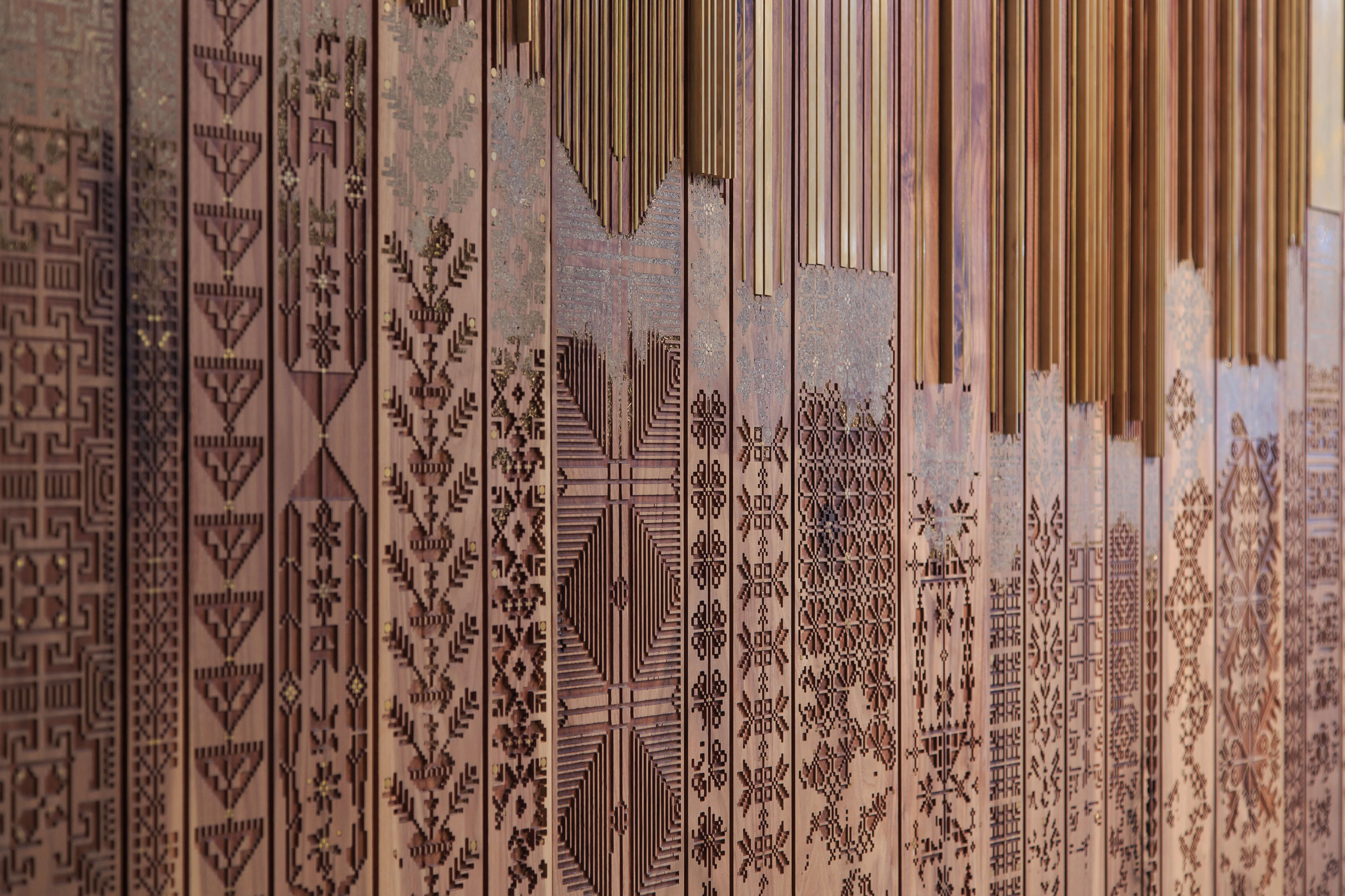
Shawl (2015), detail. Walnut wood, paint and brass. (Image courtesy of naqsh collective and photo by Nabil Qutteineh)
Moroccan artist Younes Rahmoun covers several disciplines, from installation and drawing to new technologies, incorporating elements such as electrical cables and lights into his pieces. He is deeply inspired by the religious and spiritual aspects of Islam as well as Sufi mysticism, giving significance to each material, number and color in his work. His installation Tâqiya Nôr (Hat light) (2016) comprises some 77 colorful woolen hats connected by electric wires, with each hat holding a lightbulb inside. The result is a luminous display, arranged in rows across 10 groups. The significance of the numbers – 10 and 77 – references the number of branches of Islam: 10 main and 77 secondary.

Tâqiya-Nôr [Hat-light] (2016) Multimedia installation, here shown at the 57th International Art Exhibition –La Biennale di Venezia, Viva Arte Viva. (Image courtesy of the artist and Galerie Imane Farès)
Wardha Shabbir
Lahore-based Wardha Shabbir is a master of miniature painting and gives the traditional Islamic miniature techniques of the past a contemporary twist. Her two diptychs on display for the Jameel Prize are inspired by the art of the Islamic garden, the compositions symbolizing the importance of the cultivated spaces and the paths that are constructed through them – a metaphor for our own path in life. For example, A Wall (2017) refers to the borders that we create for ourselves, which both surround and hinder us. Meanwhile, Raasta (2017) refers to pathways in the sense of a search for self-awareness and the divine.
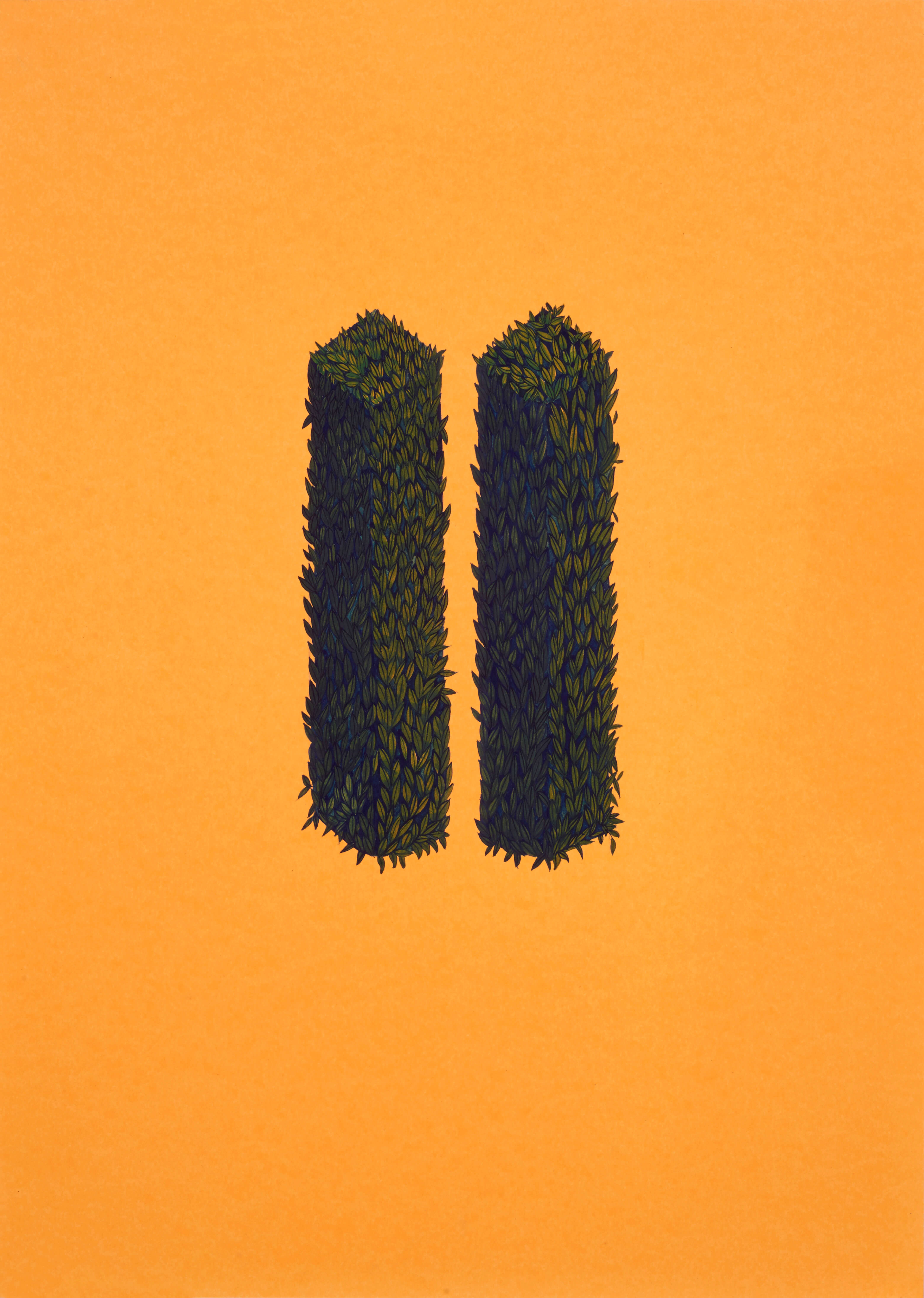
Two pillars (2017) Paper, opaque watercolour. (Image courtesy of the artist and photo by Usman Javed)
Marina Tabassum
The inclusion of Bangladeshi Marina Tabassum marks the first time that an architect has been shortlisted for the prize. As the founder of her eponymous architectural practice in Dhaka, Bangladesh, she focuses on architecture that is ‘global yet rooted in its locality’, according to the organizers. Here, she presents viewers with Bait ur Rouf, a mosque built in Dhaka in 2012, which was inspired by the mosques of Bengal from the 13th to 16th centuries. With a contemporary twist, the space is light and open. It also combines traditional building techniques and materials and draws on Bangladeshi customs, as well as the local climate – in this case, making use of the beautiful light.

Prayer Hall, Bait ur Rouf Mosque, Dhaka, Bangladesh (2012) (Image courtesy Sandro di Carlo Darsa and MTA/Sandro di Carlo Darsa)
The Jameel Prize winner is announced on 27 June at the Victoria and Albert Museum, London. The work of the eight finalists is on show there from 28 June to 25 November 2018
Images courtesy of the artist
